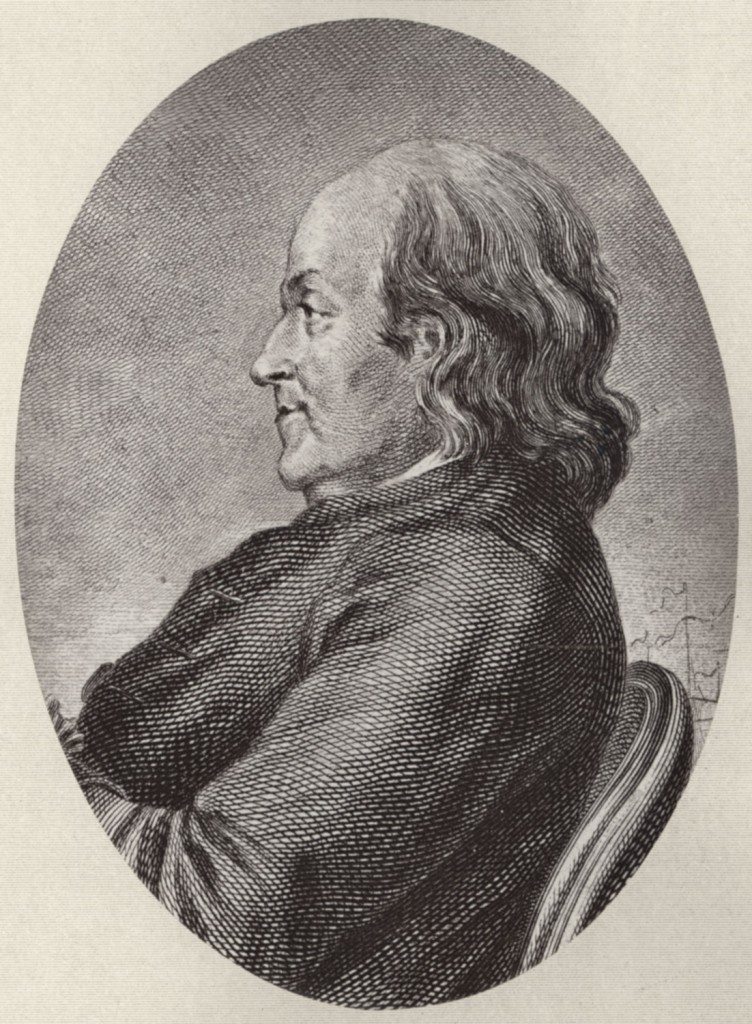Leeds: Photosynthesis; Biology becomes Botany and Zoology
Image: Benjamin Franklin (1706-1790). Franklin encouraged Priestley’s scientific work The Hundred Greatest Men: Portraits of the One Hundred Greatest Men, Vol VII Politics, (Sampson Low, London, 1880).
Image from: Local Studies and History, Birmingham Central Library.
We now come to what is perhaps the major discovery of this classic paper: “Plants restore air that has been injured by respiration and burning.” Let us enjoy Priestley’s own description:
Accordingly, on the 17th of August 1771, I put a sprig of mint into a quantity of air, in which a candle had burned out, and found that, on the 27th of the same month, another candle burned perfectly well in it…
Several times I divided the quantity of air in which the candle had burned out, into two parts, and putting the plant into one of them, left the other in the same exposure, contained, also, in a glass vessel immersed in water, but without any plant; and never failed to find, that a candle would burn in the former, but not in the latter.
Later, on page 198: in the paper:
These proofs of a partial restoration of air by plants in a state of vegetation, though in a confined and unnatural situation, cannot but render it highly probable, that the injury which is continually done to the atmosphere by the respiration of such a number of animals, and the putrefaction of such masses by both vegetable and animal matter, is, in part, at least, repaired by the vegetable creation.
And, notwithstanding the prodigious mass of air that is corrupted daily by the above mentioned causes; yet, if we consider the immense profusion of vegetables upon the face of the earth, growing in places suited to their nature, and consequently at full liberty to exert all their powers, both inhaling and exhaling, it can hardly be thought, but that it may be a sufficient counterbalance to it, and that the remedy is adequate to the evil.
Priestley’s old friend and mentor, Benjamin Franklin had seen this work in progress, and his enthusiastic letter to Priestley is included in the paper:
I hope this will give some check to the rage of destroying trees that grow near houses, which has accompanied our late improvements in gardening, from an opinion of their being unwholesome. I am certain, from long observation, that there is nothing unhealthy in the air of woods; for we Americans have everywhere our country habitations in the midst of woods, and no people on earth enjoy better health, or are more prolific.
So, when you next go to the garden to get a sprig of mint to boil with your potatoes, remember that it was with one of these that mankind realised that it will not suffocate in its own carbon dioxide!
This discovery also heralds a turning point in our understanding of the nature of life. Up until this time it was assumed that all living things made use of the air in a similar manner. This appreciation that plants use what we breathe out (CO2) and we breathe in what they give out (O2) captures the historic moment when biology split into botany and zoology. All this happened before Priestley and, independently, the Swede, Scheele, had isolated that constituent of air, which supports animal breathing and combustion – the gas we know as oxygen, but named “dephlogisticated air” by Priestley.
« Previous in this sectionNext in this section »Continue browsing this section
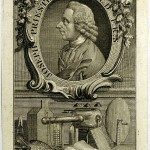 Joseph Priestley: Trail-blazing Experimenter
Joseph Priestley: Trail-blazing Experimenter
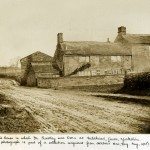 The First Thirty-one Years
The First Thirty-one Years
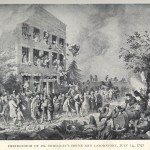 Priestley’s Religion and Metaphysics
Priestley’s Religion and Metaphysics
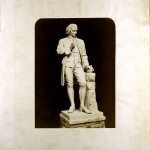 Setting the Scientific Scene
Setting the Scientific Scene
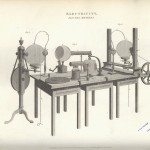 Electricity in Warrington
Electricity in Warrington
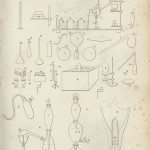 Leeds: Soft Drinks
Leeds: Soft Drinks
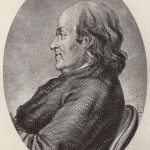 Leeds: Photosynthesis; Biology becomes Botany and Zoology
Leeds: Photosynthesis; Biology becomes Botany and Zoology
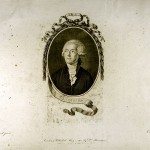 Bowood House: Discovery of Oxygen; Respiratory Science
Bowood House: Discovery of Oxygen; Respiratory Science
 Birmingham: Water; more on Respiration
Birmingham: Water; more on Respiration
 Conclusion
Conclusion



